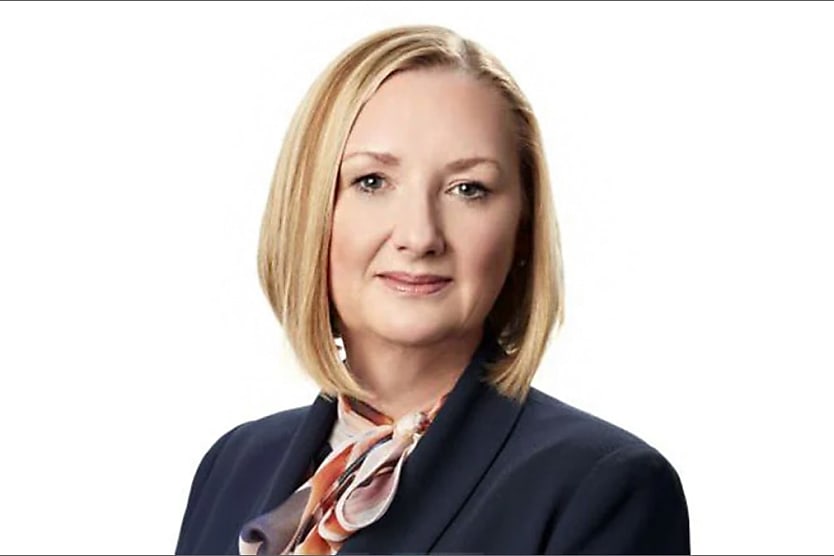
According to a recent report, gender equality throughout top Australian companies has come to a standstill as the path to leadership continues to widen for women rather than narrow.
The 2024 senior executive census has shown that the number of women chief executives in the S and P/ASX 300 has decreased from 26 in 2023 to 25 in 2024. It’s an alarming statistic, as it was expected that this number would be increasing over the year rather than decreasing as gender equality in the workplace continues to be a crucial prospect throughout Australia.
According to the report, the stagnation in gender equality is now at a critical point. Female representation is now in decline, with fewer women chief executives in the ASX 300 (-1) this year, paired with women being appointed chief executives of ASX 300 companies at a decreased rate to men (one in eight versus one in four last year).
CEW president Susan Lloyd-Hurwitz said it was only the second time in the census’ eight-year history that there has been a decline in female representation at the most senior level, the first time being during the height of the COVID-19 pandemic.
“When it comes to leadership in corporate Australia, we are leaving some of our best talent on the bench. The sector has talked about gender equality for years, but the numbers tell a different story – one of regression, not progression,” Lloyd-Hurwitz said.
“Gender segregation in the workforce is not just a social issue – it’s an economic one. Australia continues to have one of the most highly gender-segregated workforces in the OECD. By halving the gap between male and female workforce participation rates, we could add $60 billion to Australia’s annual GDP over the next 20 years.”
With WGEA reporting and other gender equality resources constantly monitoring the Aussie workplace, intertwined with the awareness and education that has been relayed around this issue – having these statistics is extremely disappointing. The economic repercussions can be volatile.
“Research, both in Australia and internationally, has found that companies with diverse leadership teams perform better. CEW advocates for a ‘40:40:20 by 2030’ gender target, which could unlock substantial economic growth and productivity. But the time for action is now,” Lloyd-Hurwitz said.
Those organisations that have DEI policies and gender-balanced targets in place were 3.6 times more likely to achieve that gender equity in leadership positions. The CEW argues that it comes down to the pathway that is being forged for women leaders to step into those positions.
An expanded pathway, therefore, can forge those pipelines that can set women up for an opportunity to gain those promotions that place them in leadership roles. For example, the census found that 70 per cent of women in ASX 300 ELTs were working in non-pipeline roles, meaning they were unlikely to be considered for a promotion to that chief executive role.
A re-evaluation of the traditional pathways to chief executives’ roles is what the CEW is pushing for. They believe that by broadening the criteria to include roles such as human resources, strategy and marketing, companies can future-fit their leadership teams while also delivering a gender diversity dividend.
“Leadership is about more than just managing a P&L. It’s time we expanded our definition of what makes a successful CEO to include a broader range of skills and experiences,” Lloyd-Hurwitz said.
Kace O'Neill
Kace O'Neill is a Graduate Journalist for HR Leader. Kace studied Media Communications and Maori studies at the University of Otago, he has a passion for sports and storytelling.










